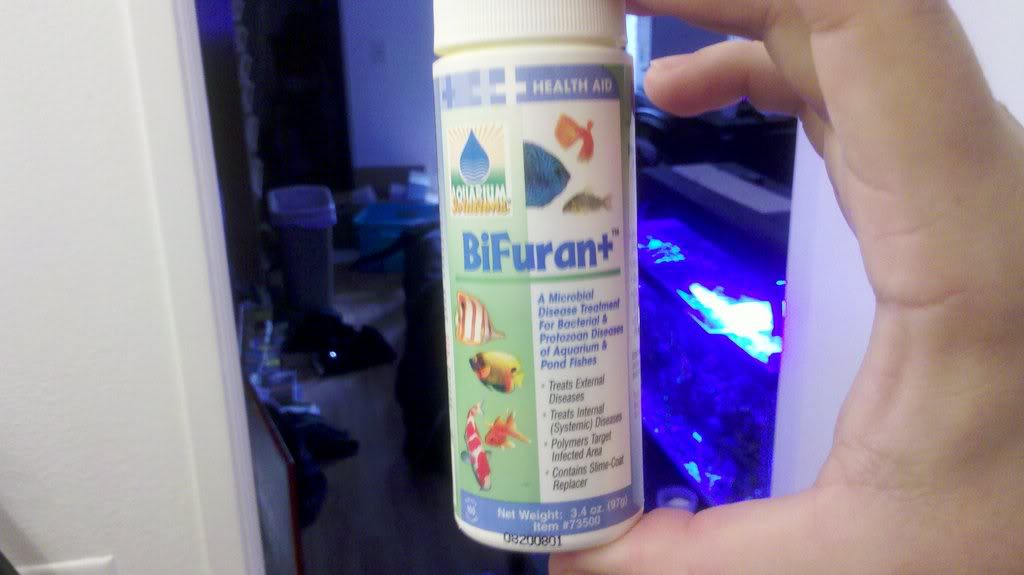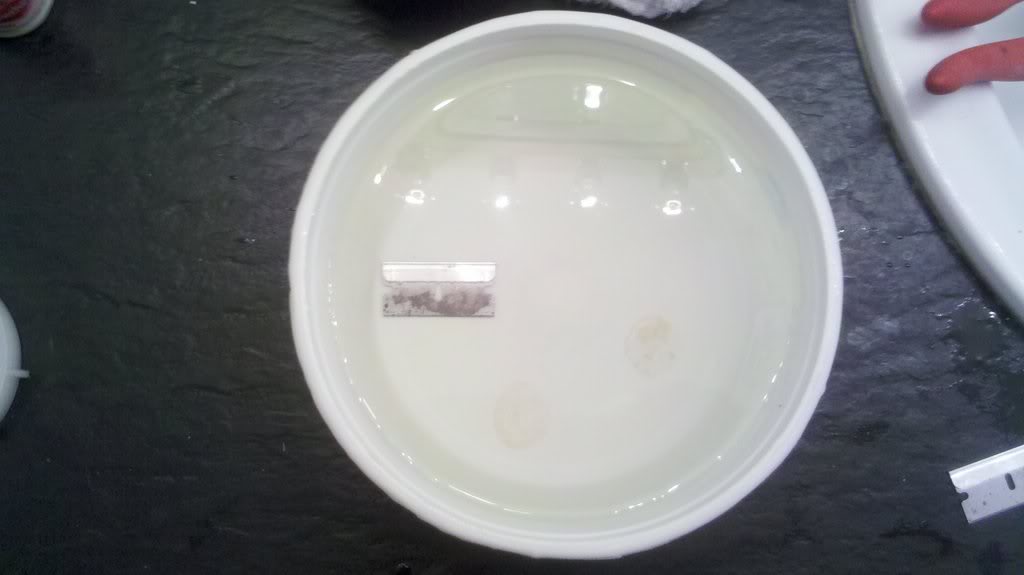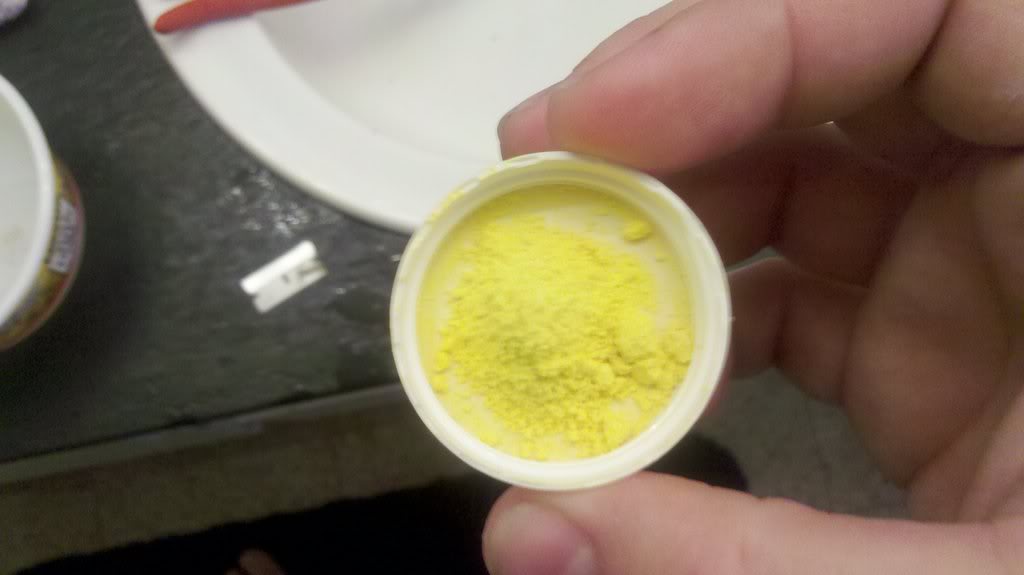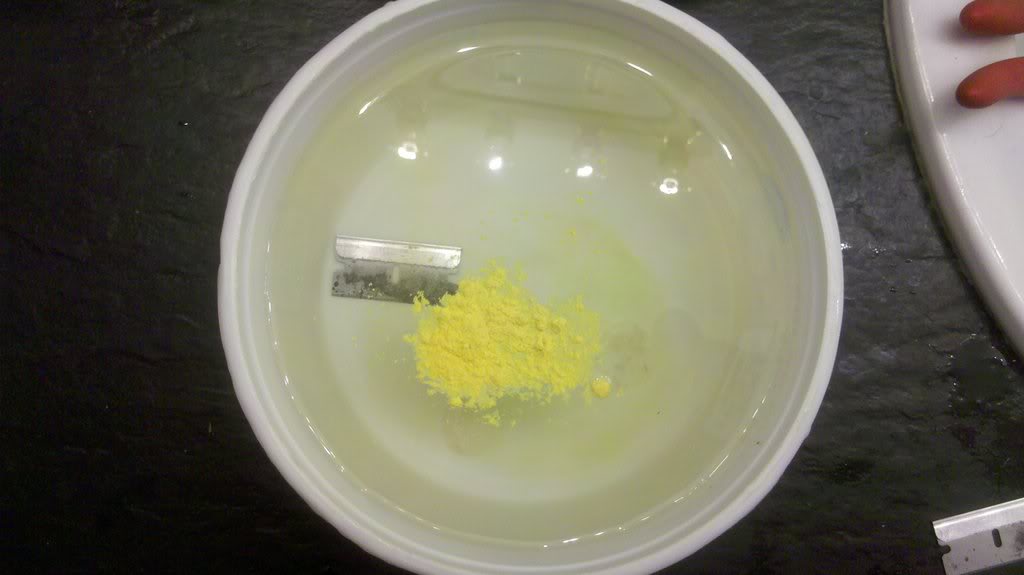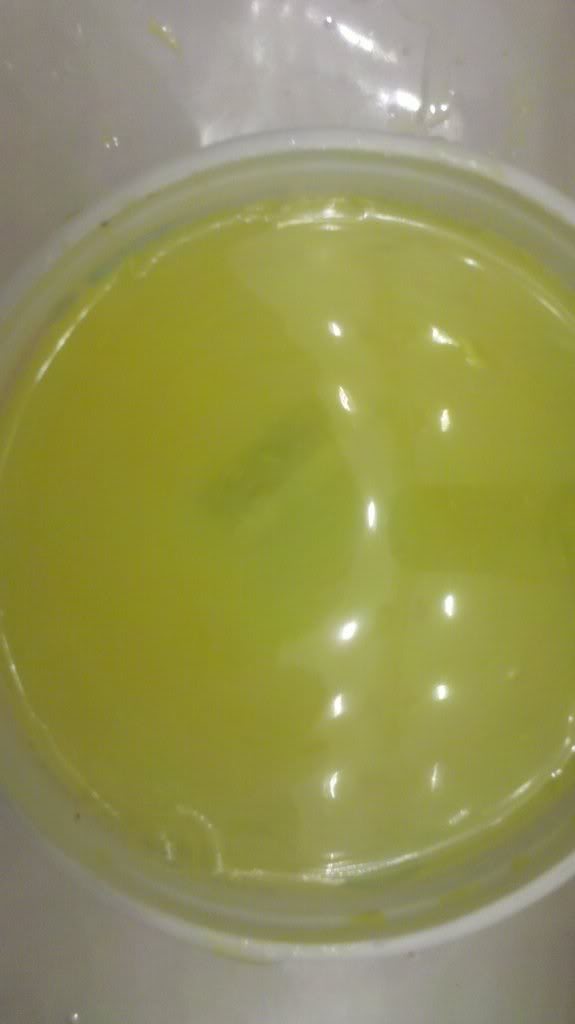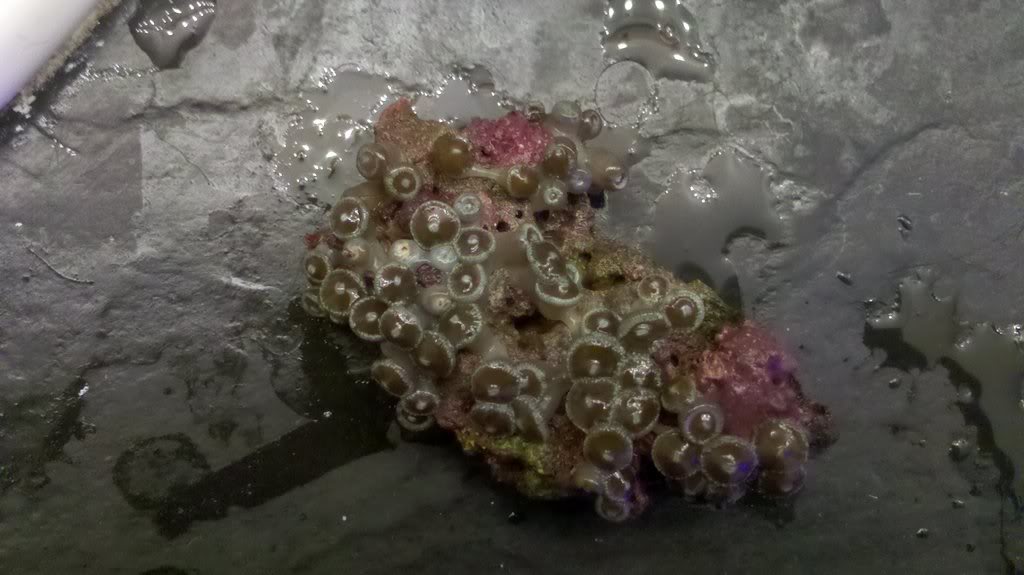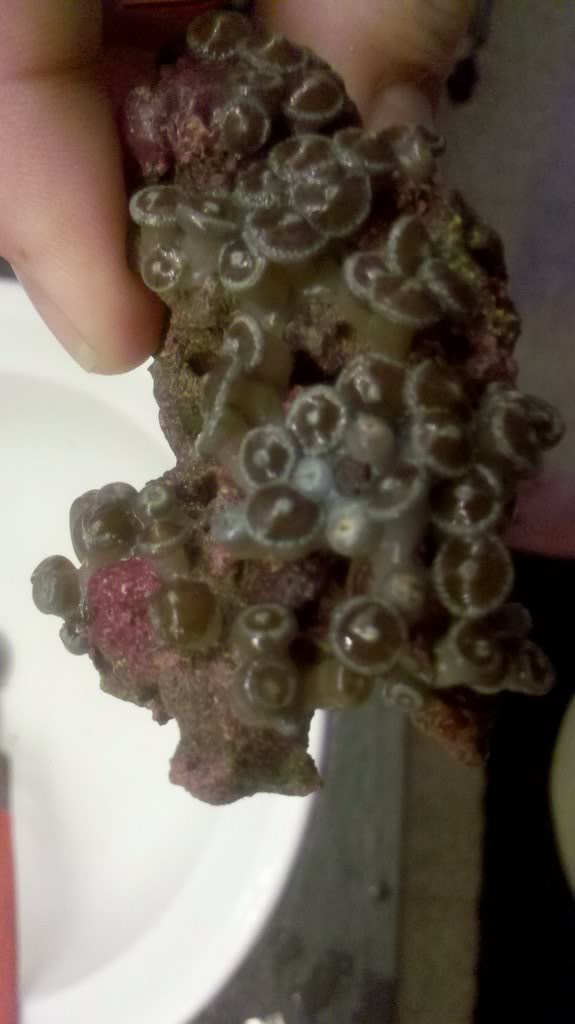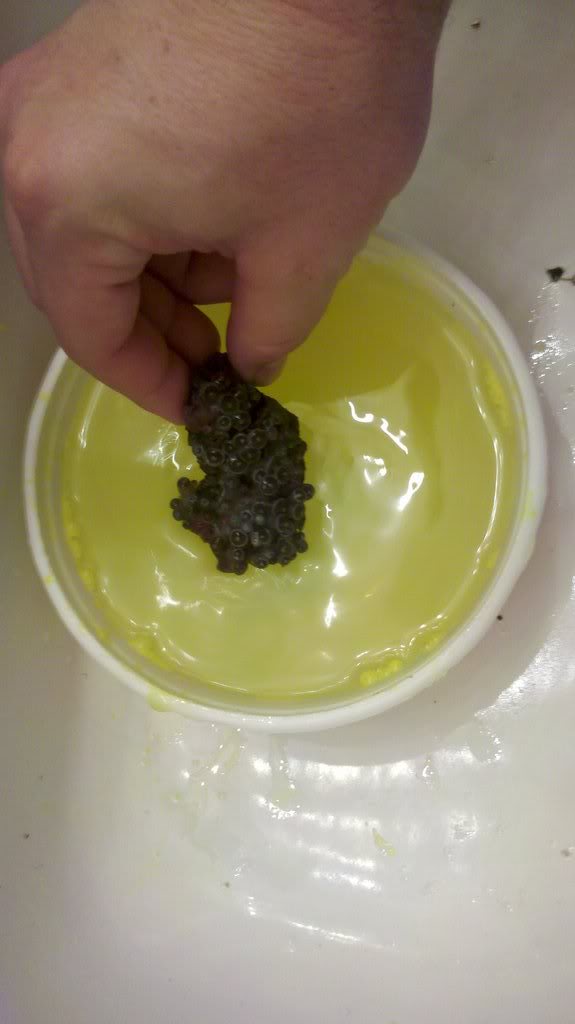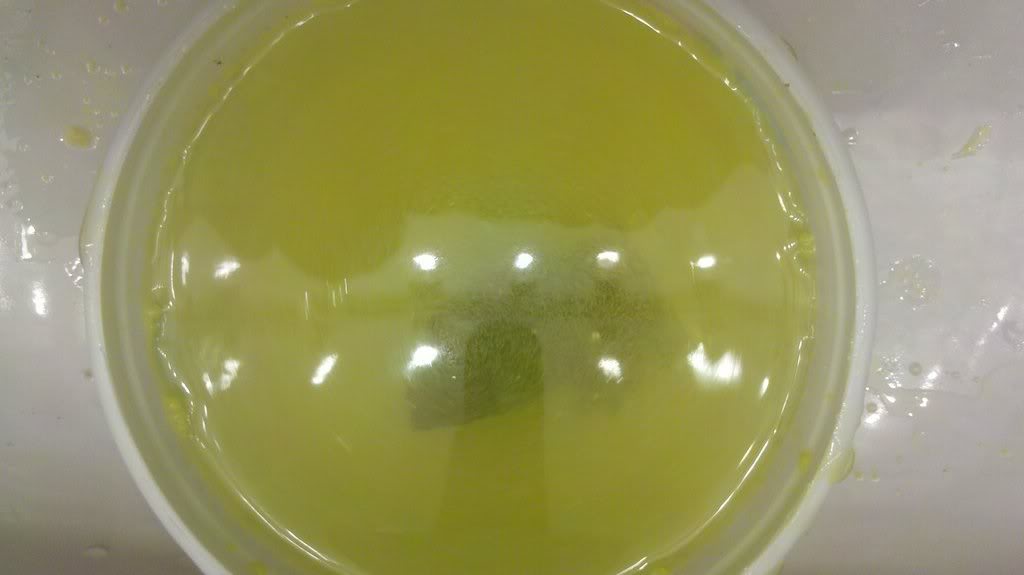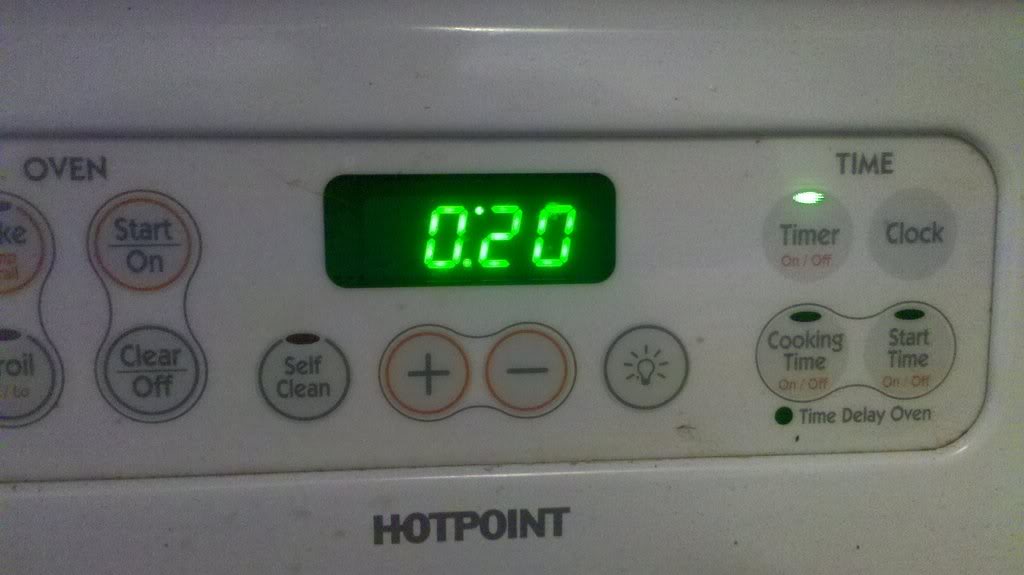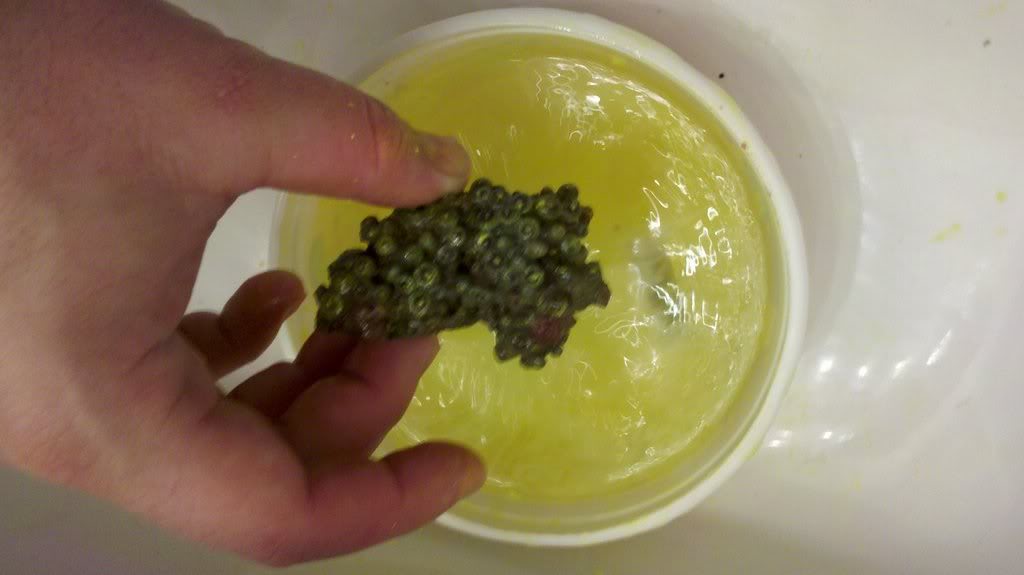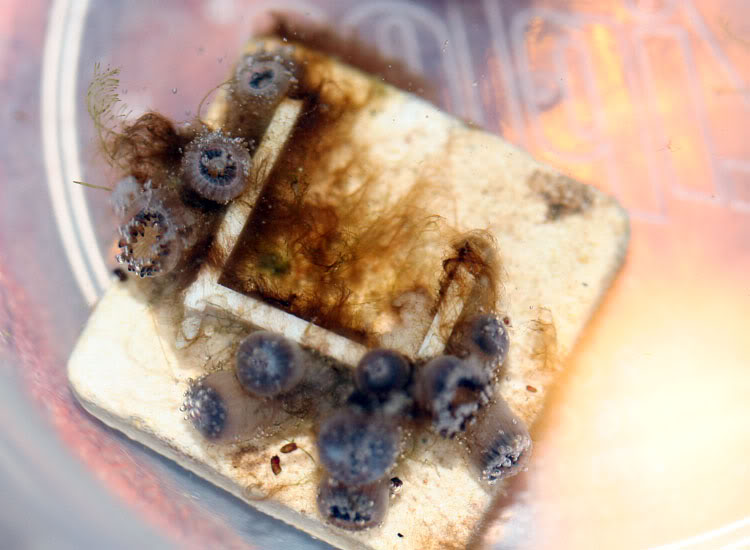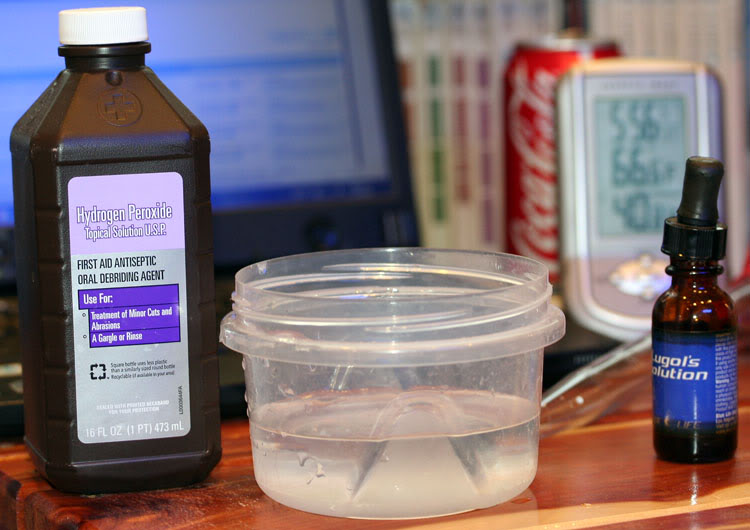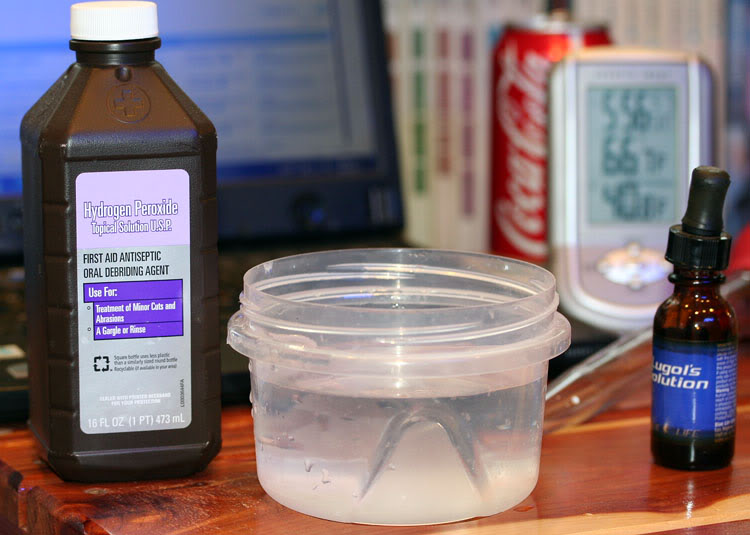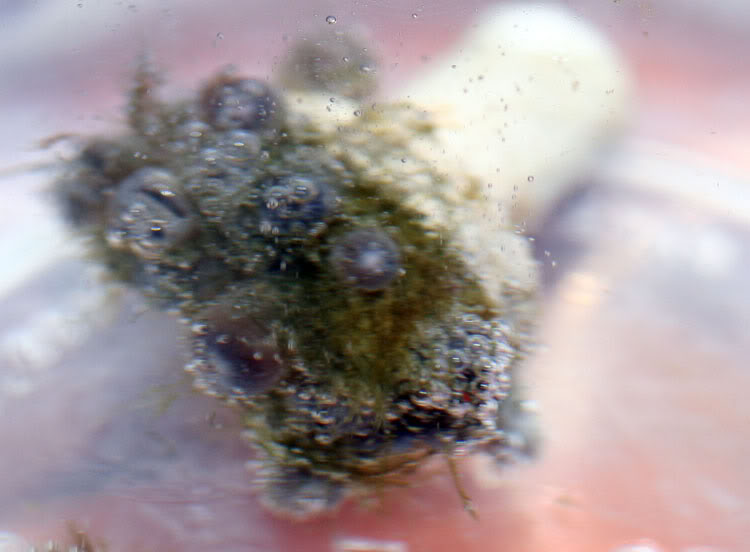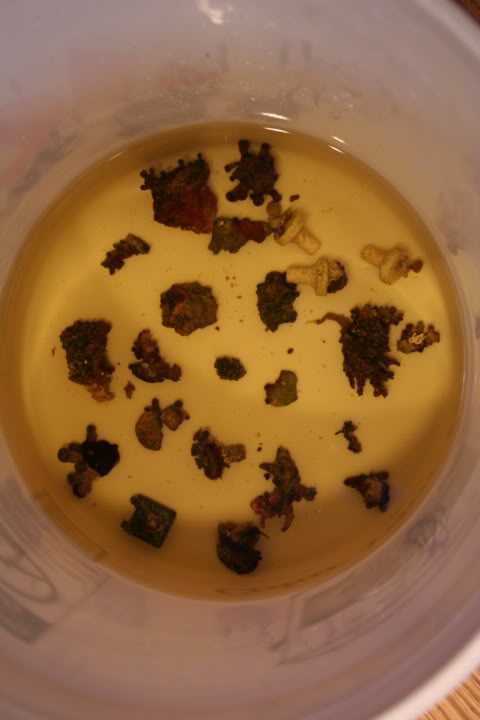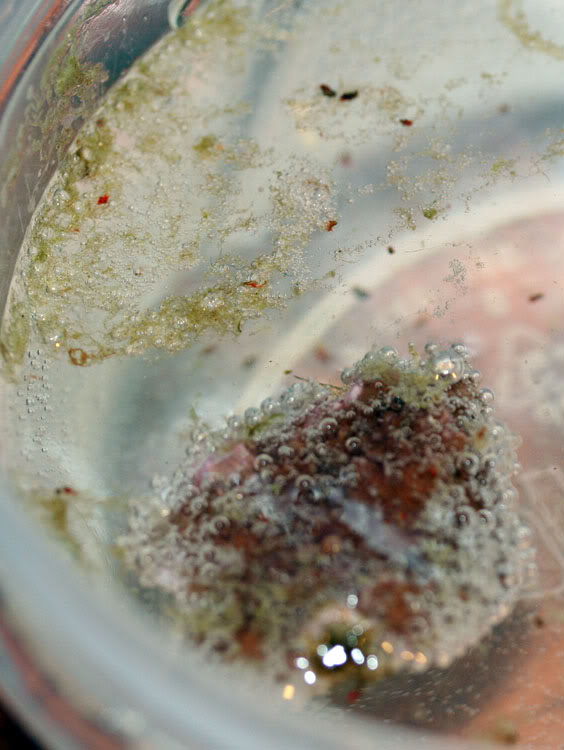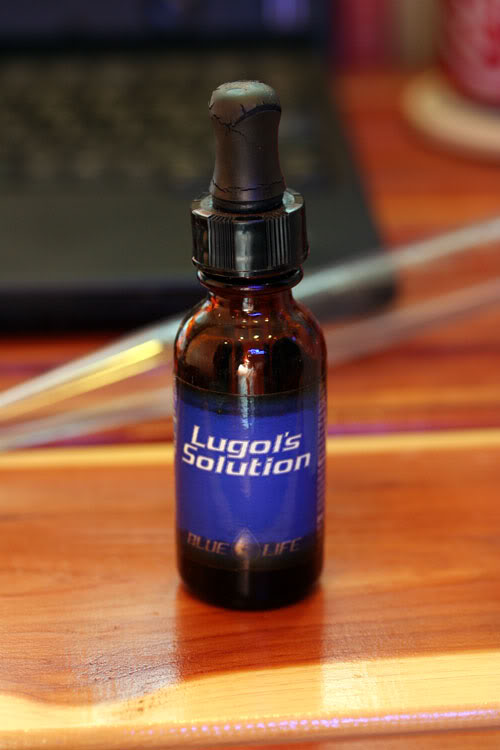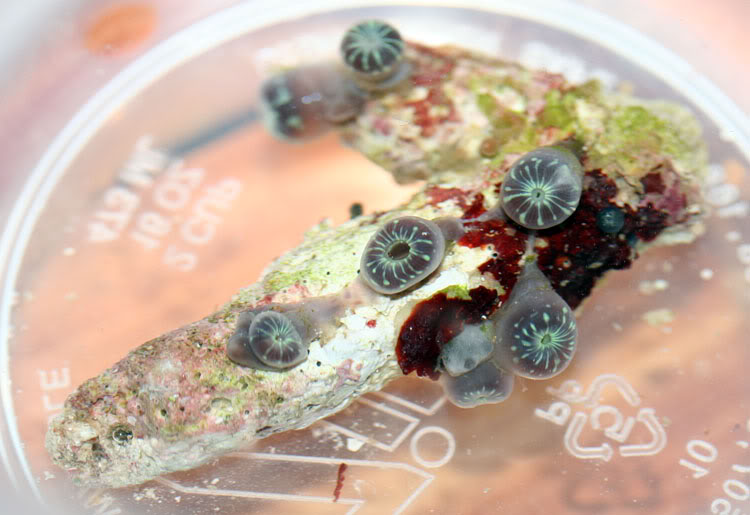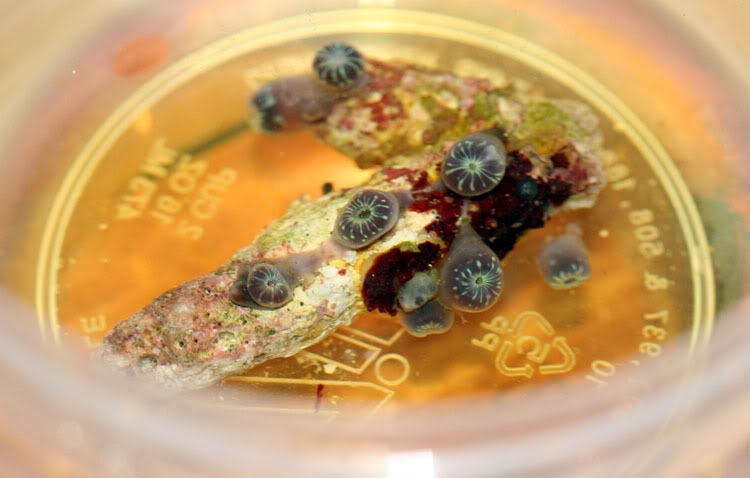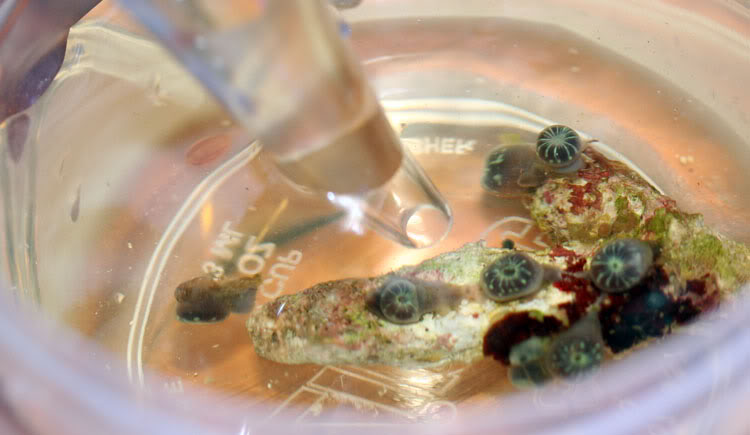With all the nuisance hitchhikers and potential diseases that are floating around, it is recommended that you follow a regular dipping procedure prior to placing the new arrivals in your aquarium, when receiving new zoas or palythoa. This is especially true when you are adding a new colony or clump of wild collected polyps. Additionally diseases are sometimes inadvertently show up in are aquariums, and treatment of some type is necessary.
Pictures of some of the commonly encountered diseases, pests, and predators of polyps can be found here.
http://www.zoaid.com/index.php?module=Gall...p;g2_itemId=384
or here
https://www.reef2reef.com/forums/f142/r2r-care-spotlight-zoanthid-eating-spiders-7861.html
There are a large number of different dipping procedures and materials out there, so I attempted to gather as much information on each of these that I could and gather it all together into a single thread. If you know of a different dip or use a different procedure, please feel free to add it on. Also, if you happen to have some pictures of any of the various diseases and/or predators to add to the thread please do so.
Also be aware that some pests, such as Nudi eggs and zoa spiders may not be dislodged by the dipping process and removal by hand and/or tweezers may be required. Always examine all new arrives carefully prior to placing them in your aquarium.
Additional information on dipping can also be found here; https://www.reef2reef.com/forums/f142/r2r-care-spotlight-zoa-dip-1248.html
And finally, just as a general reminder, remember that some species of Zs-n-Ps, particularly protopalys, are know to carry very high concentrations of palytoxin. Wearing gloves and eye protection whenever you handle these polyps is highly recommended. Some general information on palytoxin poisoning can be found in this thread;
https://www.reef2reef.com/forums/zo...alytoxin-poisoning-its-potential-dangers.html
Pictures of some of the commonly encountered diseases, pests, and predators of polyps can be found here.
http://www.zoaid.com/index.php?module=Gall...p;g2_itemId=384
or here
https://www.reef2reef.com/forums/f142/r2r-care-spotlight-zoanthid-eating-spiders-7861.html
There are a large number of different dipping procedures and materials out there, so I attempted to gather as much information on each of these that I could and gather it all together into a single thread. If you know of a different dip or use a different procedure, please feel free to add it on. Also, if you happen to have some pictures of any of the various diseases and/or predators to add to the thread please do so.
Also be aware that some pests, such as Nudi eggs and zoa spiders may not be dislodged by the dipping process and removal by hand and/or tweezers may be required. Always examine all new arrives carefully prior to placing them in your aquarium.
Additional information on dipping can also be found here; https://www.reef2reef.com/forums/f142/r2r-care-spotlight-zoa-dip-1248.html
And finally, just as a general reminder, remember that some species of Zs-n-Ps, particularly protopalys, are know to carry very high concentrations of palytoxin. Wearing gloves and eye protection whenever you handle these polyps is highly recommended. Some general information on palytoxin poisoning can be found in this thread;
https://www.reef2reef.com/forums/zo...alytoxin-poisoning-its-potential-dangers.html
Last edited:






